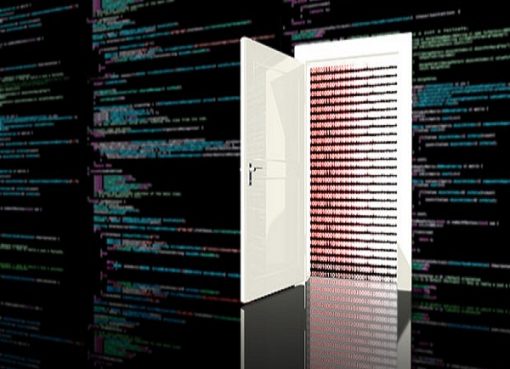What is foundation heave?
Foundation heave is the uplift, elevation of a foundation precipitated by soaked, expanding soils and can generally be attributed to a seasonal increase in moisture, a plumbing leak, or underground aquifers.
Foundation heave can prove a remarkably traumatic experience for a mortgagee with unsightly cracks riddled into walls, doors that require brute strength to budge, and a triangle busting out of your garage slab, a sort of half-baked pentagram from hell.
Foundation heave can affect any part of your home, regardless of what kind of foundation you have. However, foundation heave is especially noticeable in slab on grade foundations.
Signs of Foundation Heave
Now, it’s important to remember that this wet, expansive soil is working very hard to lift your home up. Turns out, your home was built to stay put.
This is what happens when a fairly unstoppable force meets a very movable object.
The soil moves up, causing the foundation to move up (and not in a particularly uniform fashion), causing stress and pressure on the wooden bones of the house tucked away behind drywall and or tile.
This causes cosmetic and structural damage:
- Cracked drywall, brickwork, doorframes, and window frames
- Window/doorframes become out of square, causing sticky doors and windows
- Lifted sidewalks, patios, and garden sheds
- Tilted/askew slab sections
- Cracks in slab
- Slab cracks joining together to form a triangle (supposedly, Lucifer’s favorite shape)
Causes of Foundation Heave
The root of the issue is occasionally roots – gnarled, wooden fingers creeping below patios and forcing the concrete up. But, the major cause of heave is moisture – whether it be from weather, aquifers, or a pipe leak.
How to Address Foundation Heave the Appropriate Way
There are a lot of magic beans, emperor’s clothes, and Uncle Ricos peddling allegorical herbal enhancements in construction.
Some construction companies have devised some incredibly idiotic means of treating foundation heave.
Dumb Idea Number 1: Just Keep it Wet
Yeah, you read that right. The first idea is to keep the subsoil around your home the same level of soaked all the time at just the right amount.
The idea being it won’t go up. Won’t go down. It will be just right. Our foundation inspection expert Garrett Batten refers to this idiotic idea as:
- Temporary (what are you going to do, water your home’s foundation forever?)
- Fluctuating (you will have to constantly readjust how much water depending on weather)
- You Pay for it Every Day (your water bill will skyrocket)
Do not pay someone to put sprinklers beneath your foundation around your home’s footing. This is not a solution, this is a Gilligan gaff.
Dumb Idea Number 2: Just Keep it Dry
The idea here is to drill down beneath your foundation, create a void, fill the hole with a hollow pipe, hook that pipe up to a fan, and let that fan keep the soil below your foundation dry.
Yes – good luck keeping the ground beneath your foundation dry with a fan put up in your attic with plastic pipe reaching down into your foundation.
We don’t heat or cool the great outdoors, don’t give your dirt a fan either.
Do not pay someone to drill a hole in your foundation to fan your dirt.
Dumb Idea Number 3: Hire a Shaman
If you want to give some guy a hundred bucks to keep it from raining – you do you, man.
The Correct Approach
Helical Piers are actually the best approach when it comes to securing your home against foundational heave.
Helical Piers stop your home from settling and from uplifting because the piers are locked together.
Note: Push Piers are not locked together, they simply fit into another. So, if there is any uplift, the Push Piers can become unlinked.
Helical Piers will keep your house in place.
Although, there is that rare occasion where once the helical piers are in place, the earth still lifts making the heave worse because something’s gotta give and it will be your home’s foundation, not the earth.
Mother nature wins most battles.
That’s why it is also imperative to properly route water/moisture away from your home’s foundation to help prevent the expansive soil from receiving moisture.
Rain gutters, proper drainage, and proper grading of all surface soils around the home’s perimeter help prevent water from pooling near the home.
Source: dalinghausconstruction











Nice